Company History
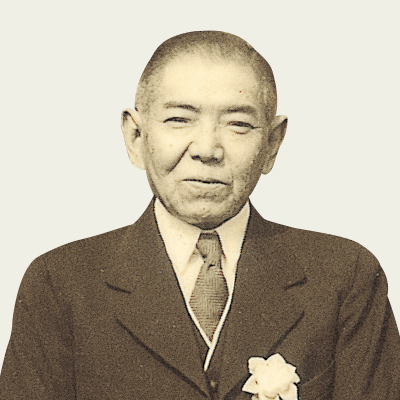
Kitanihon Seika, Bourbon’s direct forerunner, originates as Mogamiya, a famous Japanese-style confectionery store in the city of Kashiwazaki in Niigata Prefecture. After seeing the Tokyo Earthquake of 1923 temporarily bring to a halt the supply of confectionery to regional areas, the founder of Kitanihon Seika, Kichizo Yoshida, decides to establish a factory in Niigata for the mass production of confectionery. Located in front of Kashiwazaki Station, the factory commences manufacture of cookies. Company capitalized at 100,000 yen.
Starts making candy drops using a Japanese machine.
Installs a second cookie machine. Imports another candy-drop machine to increase production. Capital increases to 200,000 yen.
Starts sales of chewing gums and candy cigarettes. Opens Tokyo store. Japanese National Railways agrees to Kitanihon Seika’s request to transport confectionery in container cars from Kashiwazaki to Akihabara (Tokyo).
First shipment transported.
Commences manufacture of rice crackers.
Starts supply of hardtack, powdered miso (soybean paste), and sweet foods to the Japanese army.
Establishes Kitanihon Shoji Corporation (later renamed Kitanihon Noji Corporation when it commences agriculture, livestock farming, and fishing). Sets up Kashiwazaki Hikoki Corporation (disbanded after World War II).
Manufactures war supplies from 1942 until end of war. Permitted to convert back into civilian goods manufacturer in October 1945. Produces hardtack and flour for Japanese soldiers and other Japanese returning from overseas.
Commences manufacture of cookies for babies and small children.
Starts manufacture of miso, soy sauce, and caramel.
Company name changes to Kitanihon Shokuhin Kogyo Corporation.
Initiates manufacture of confetti candy and China marble candy.
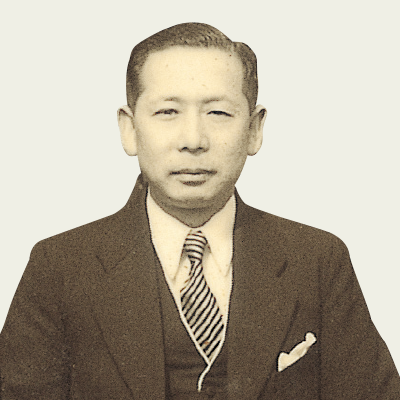
appointed second president
in June 1954
Capital increases to 40 million yen. Stocks listed on Niigata Stock Exchange.
First cookie band oven starts operation.
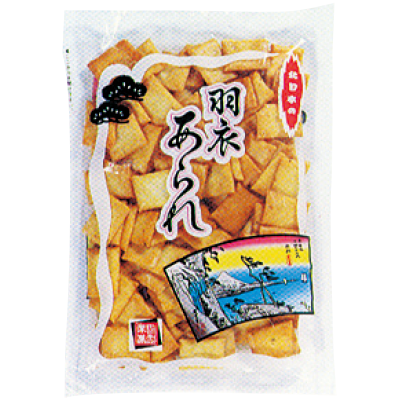
Commences sales of Hagoromo rice crackers.
Enters bean snacks market.
Establishes new factory in Arahama, suburb of Kashiwazaki (today's Kashiwazaki Factory). Capital increases to 100 million yen.
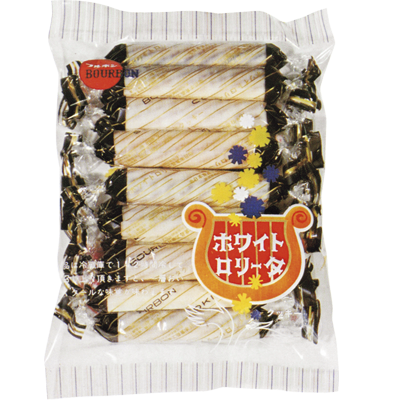
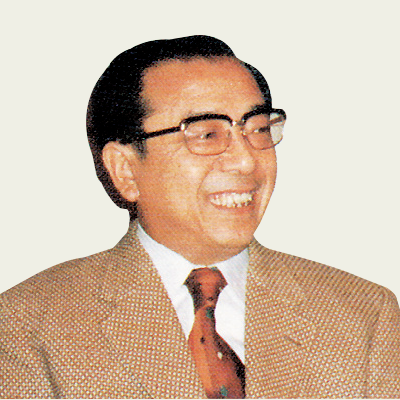
appointed third president
in July 1964
Commences sales of White Rollita cookies.
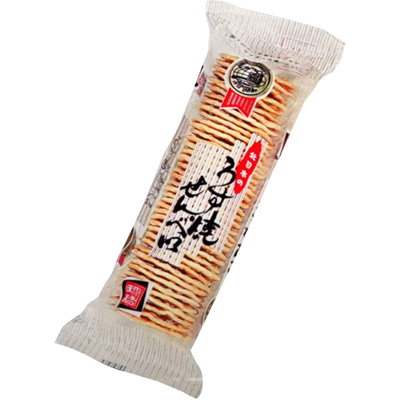
Becomes first company in Japan to automate rice cracker production.
Establishes mass production system for thin rice crackers.
Opens Tokyo Branch Office.
Headquarters move to the Arahama Factory.
Establishes branch offices in Osaka and Nagoya.
Sets up the Maki Factory. Opens branch offices in Kobe and Yokohama.
tarts to develop nationwide sales network.
Annual sales: 8.6 billion yen.
Establishes Ogata Factory.
Annual sales: 11.4 billion yen.
Capital increases to 250 million yen.
Annual sales: 14.7 billion yen.
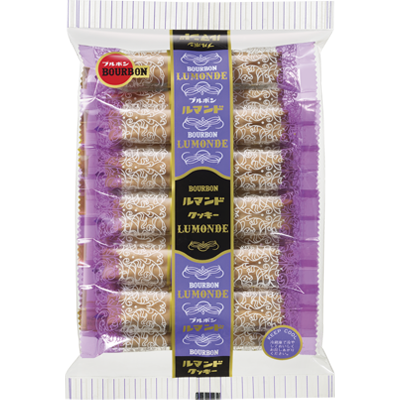
Commences sales of Lumonde cookies, which became one of company’s best-selling products. Sets monthly sales record of 2 billion yen by mass-producing gourmet cookies that were previously sold as gift items. Annual sales: 20 billion yen.
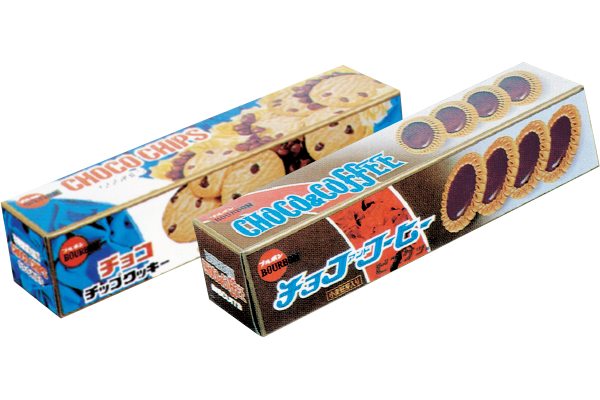
Establishes Washima Factory.
Cookies sold in 150-yen packs prove very popular.
Capital increases to 500 million yen.
Annual sales: 40.5 billion yen.
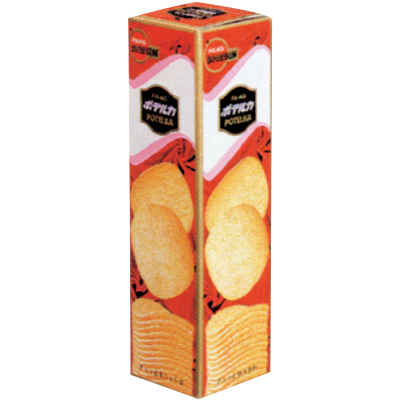
Starts selling Potelka potato chips.
Sets up the Yoshida Scholarship Foundation.
Annual sales: 40.5 billion yen.
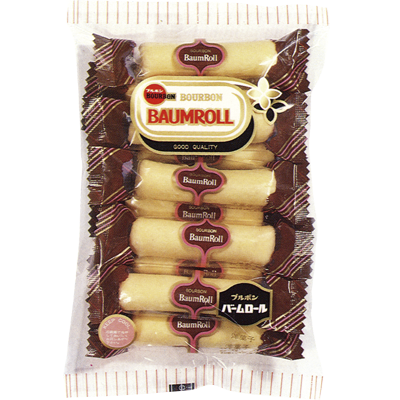
Expands sales network to 100 offices nationwide.
Starts sales of Baum Roll cakes.
Annual sales: 47 billion yen.
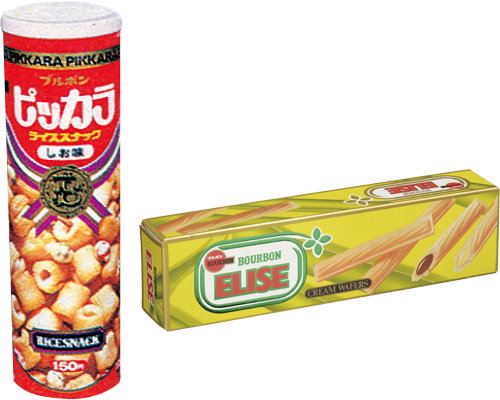
Commences sales of Pikkara crackers and Elise wafers.
Annual sales: 50.8 billion yen.
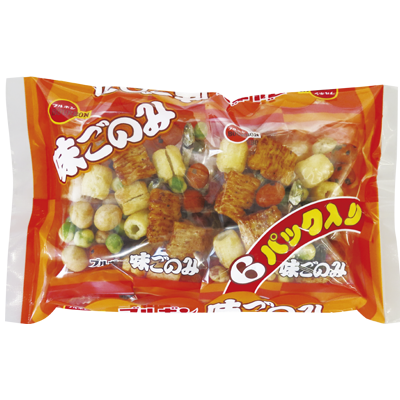
Starts sales of Ajigonomi crackers.
Annual sales: 56.5 billion yen.
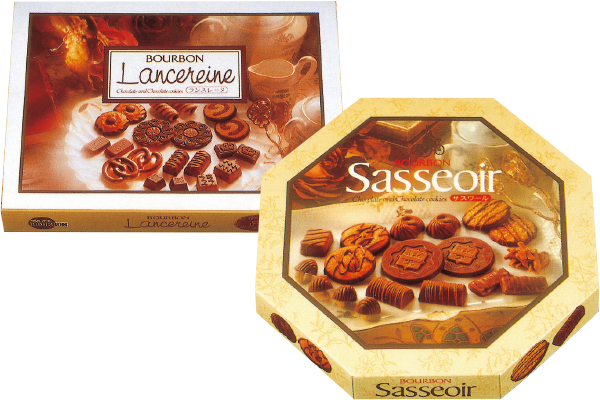
Establishes Tsukigata Factory.
Awarded Monde Selection Gold Medal for Pikkara crackers.
Annual sales: 63.8 billion yen.
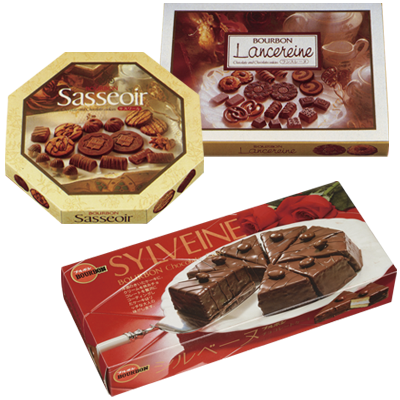
Enters chocolates market.
Starts sales of Sylveine cakes.
Annual sales: 68.4 billion yen.
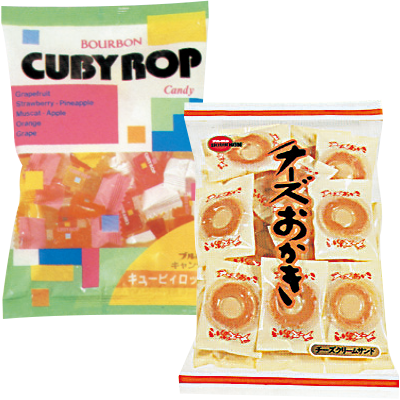
Enters candy market.
Commences sales of Cheese Okaki crackers.
Annual sales: 77.5 billion yen.
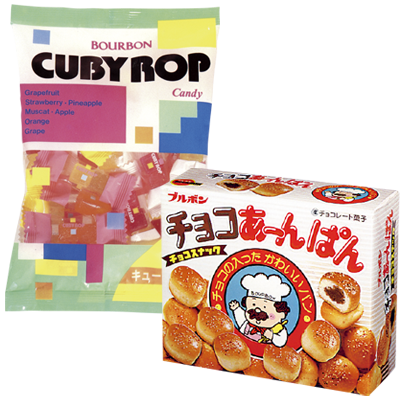
Release of Choco Anpan snacks.
Annual sales: 715 billion yen.
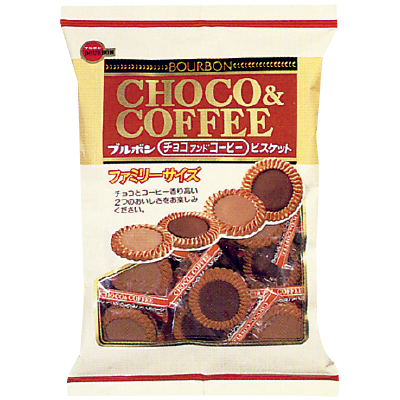
Release of Bag size.
Annual sales: 745 billion yen.
![On June 1, company changes name to Bourbon Corporation after its well-known brand name. Establishes Murakami Factory. Commences sales of Hi-Chocolat confectionery series. (From December 1989, business year changed to Japanese fiscal year [April through March].) Annual sales: 80.5 billion yen.](/images/company/about/enkaku/history_ph18.png)
On June 1, company changes name to Bourbon Corporationafter its well-known brand name.
Establishes Murakami Factory.
Commences sales of Hi-Chocolat confectionery series.
(From December 1989, business year changed to
Japanese fiscal year [April through March].)
Annual sales: 80.5 billion yen.
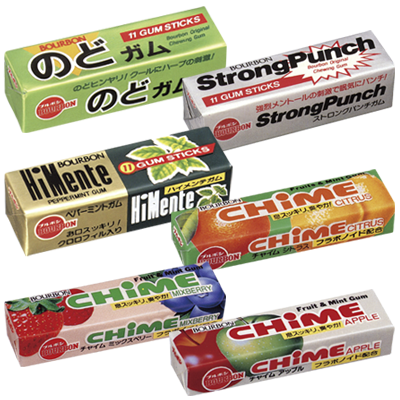
Establishes Haguro Factory.
Capital increases to 1.03 billion yen.
Enters chewing gum market.
Annual sales: 95.2 billion yen.
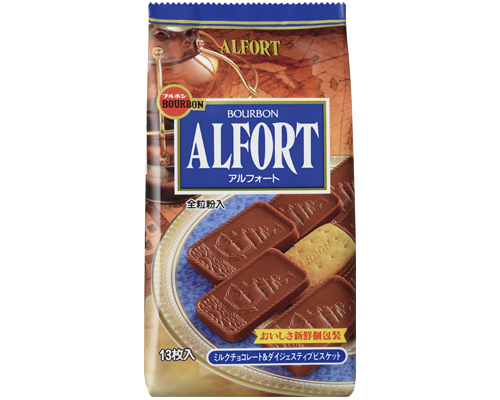
Commences mass production of wheat flour crackers.
Annual sales: 106.2 billion yen.
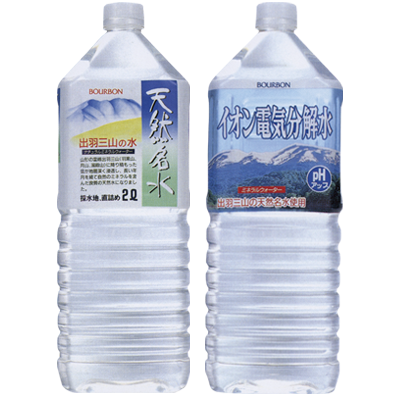
Commences sales of mineral water and alkaline ionized water to find second way to contribute to society.
Because first day of production coincided with Great Hanshin-Awaji Earthquake, company sends products to Kobe area as emergency relief supplies.
Enters chilled desserts market.
Annual sales:100.4 billion yen.
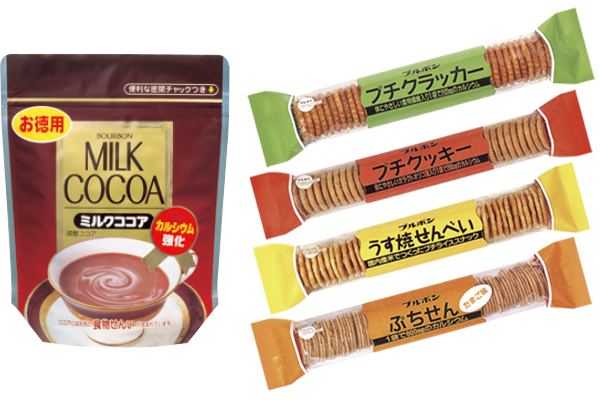
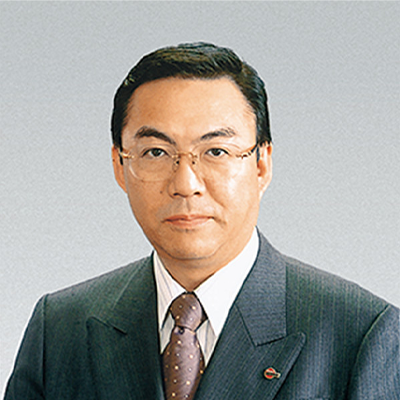
Appointed in January, 1996
Yasushi Yoshida becomes president of Bourbon Corporation on January.
Commences sales of powdered cocoa and Petit snack series.
Annual sales: 91.2 billion yen.
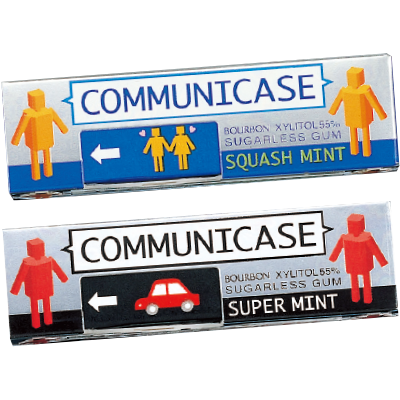
Establishes the Toyoura Factory.Commences sales of Communicase chewing gum.
Reman Seika Co., Ltd. joins Bourbon Group.
Receives ISO 9002 certification for beverage automation line.
Annual sales: 85.6 billion yen.
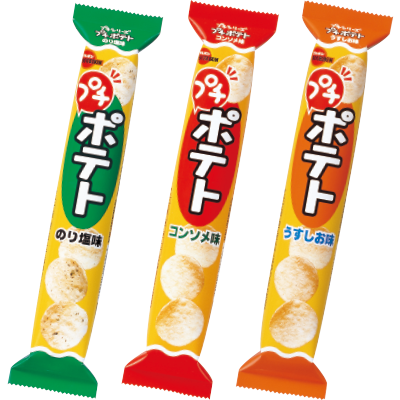
Petit Potato series marketed.
Chlorine-free packaging introduced for all products to eliminate dioxins.
Starts to introduce staff uniforms made from recycled
PET bottles.
Annual sales: 91.2 billion yen.
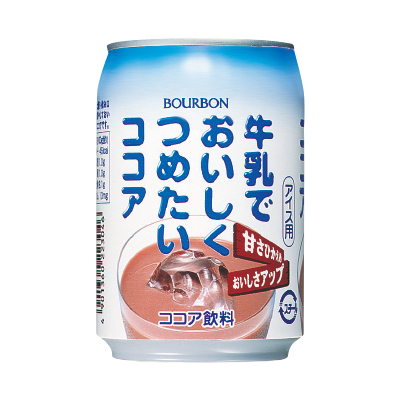
Shares listed on Second Section of Tokyo Stock Exchange.
Receives ISO 14001 certification for head office, Head Office Factory, and Ekimae Factory.
Annual sales: 93.1 billion yen.
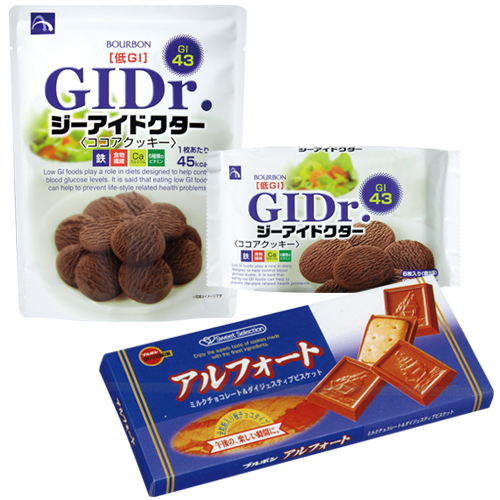
Annual sales: 84.1 billion yen.
Establishes code of conduct,
action guidelines,and helpline.
Publication of Environmental Activity Report.
Establishes the Gosen Factory.
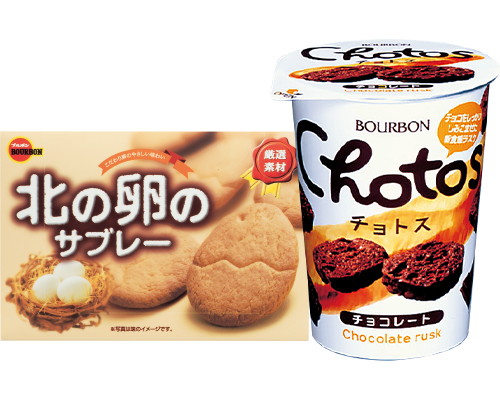
Annual sales: 86.2 billion yen.
Establishes the Product Develop Center.
Receives ISO certification for Ogata Factory.
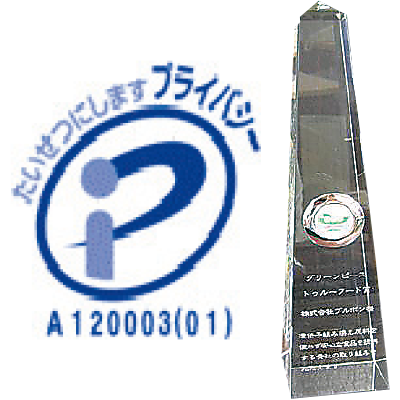
Annual sales: 91.7billion yen.
Approvals HACCP for Haguro Factory.
Receives ISO 22000 certification for Toyoura Factory.
Receives certification Privacy Mark.
Receiving True Food Prize.
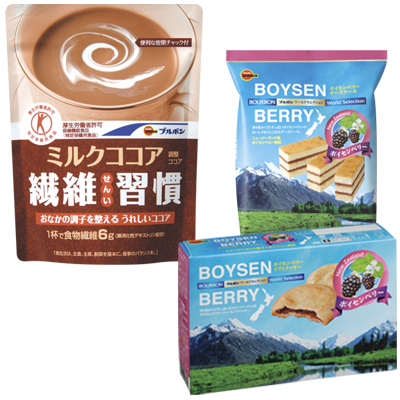
Annual sales: 93.5 billion yen.
Receives Food for Specified Health Uses for 2 items of Milk Cocoa Seni Shukan.
Establishes BOURBON(SHANGHAI)COMMERCE CO.,LTD in Shanghai, China.
Contributes to Niigata Chuuetsuoki Earthquake.
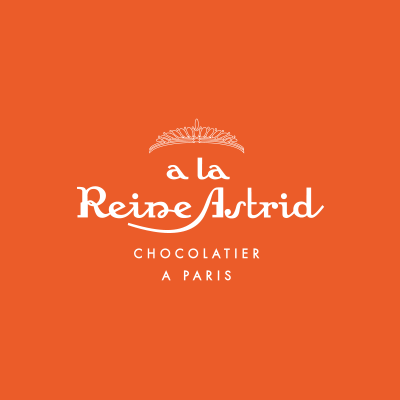
Annual sales: 96.5 billion yen.
Opens high-quality chocolaterie of Paris tradition,
“a la Reine Astrid”as the first shop in Japan.
Production of 6 items of Petit Series starts at Bourbon (Changxing) Foods Co., Ltd.
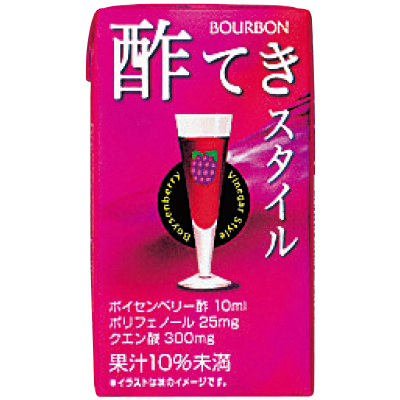
Annual sales: 101.3 billion yen.
Launched "Suteki Style".
Merged consolidated subsidiary 9 companies in Niigata.
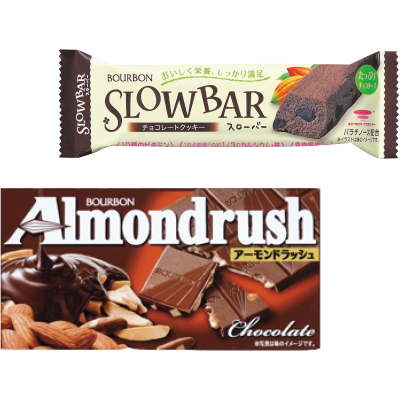
Annual sales:102.1billion yen.Launched "Slow Bar".
ECHIGO BEER Co.,Ltd joins Bourbon Group.
Bourbon’s Almondrush, a chocolate bar, receives an excellent hit award in Food Grand Prix Contest sponsored by Japan Food Journal Co.,Ltd.
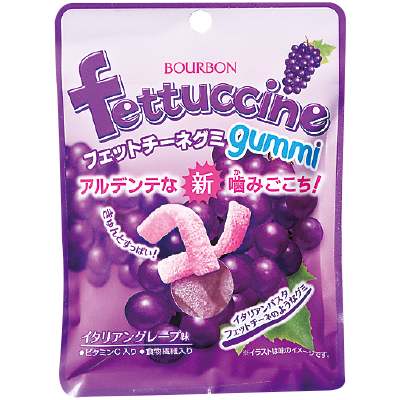
Annual sales:102.4billion yen.
Contributes to the Great East Japan Earthquake.
Bourbon’s Fettuccine gummi receives an excellent hit award in Food Grand Prix Contest sponsored by Japan Food Journal Co., Ltd.
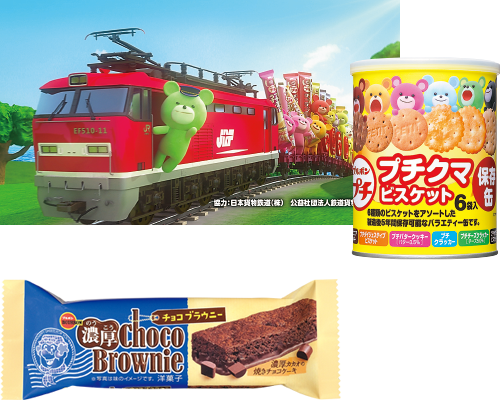
Annual sales: 102.4 billion yen.
“Modal Shift Promotion”project undertaken by a council
including Bourbon certified by the Ministry of Land,
Infrastructure and Transport.
Receives Excellent Green Logistics award from the Ministry of Economy,
Trade and Industry.
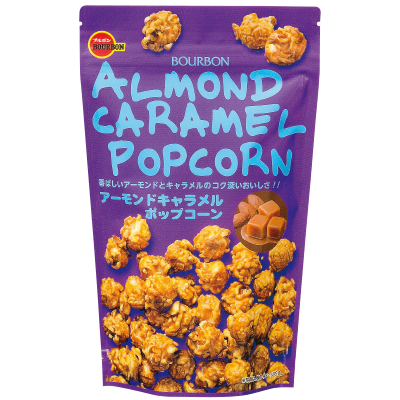
Annual sales: 103.8 billion yen.
Product warehouse expansion at Niigata Minami Factory.
Popcorn market entry. Completion of new headquarters building.
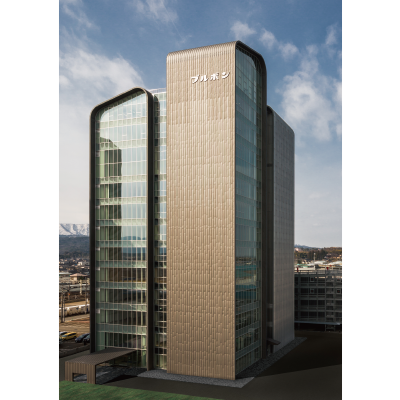
Annual sales: 104.9 billion yen.
